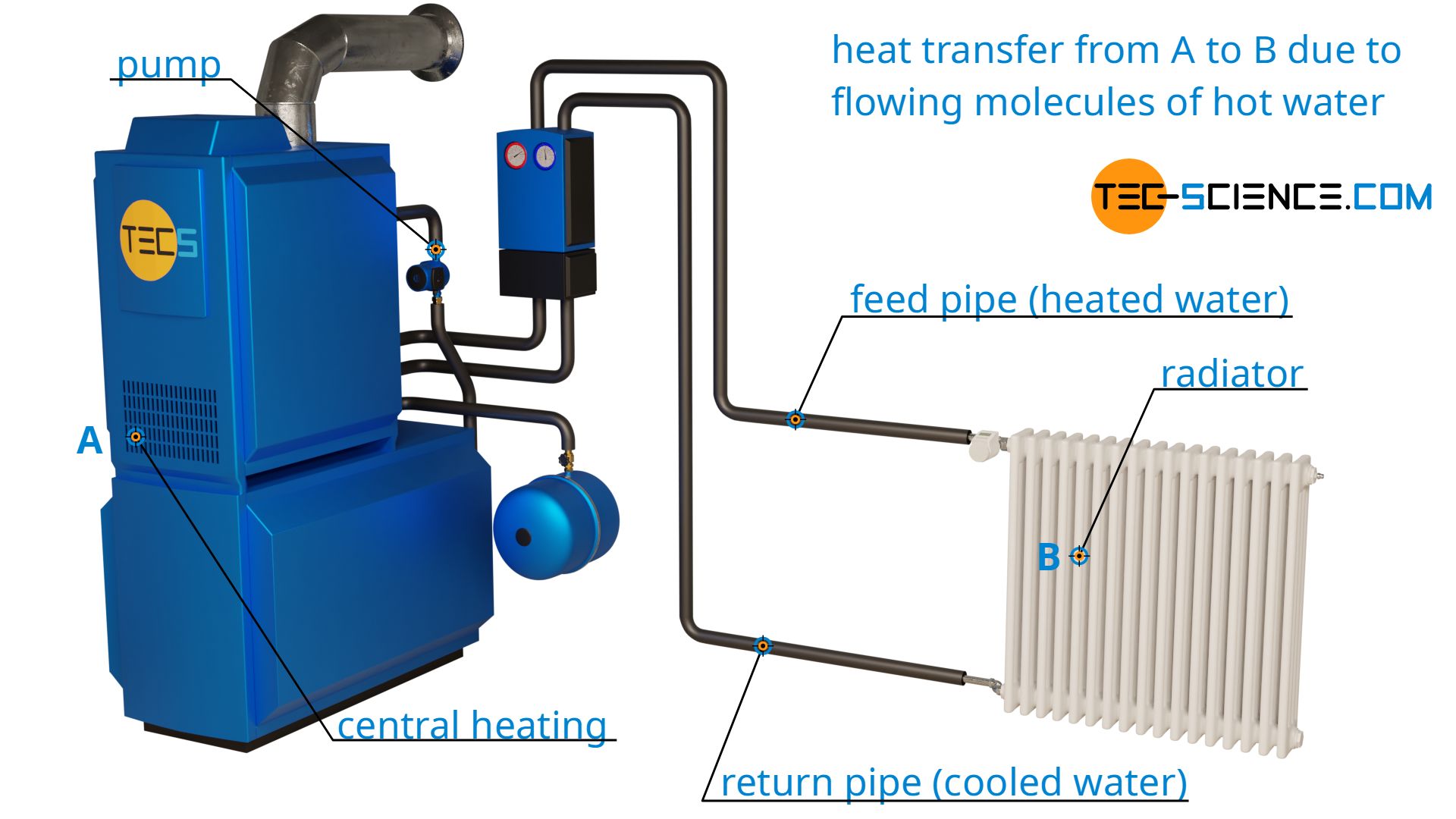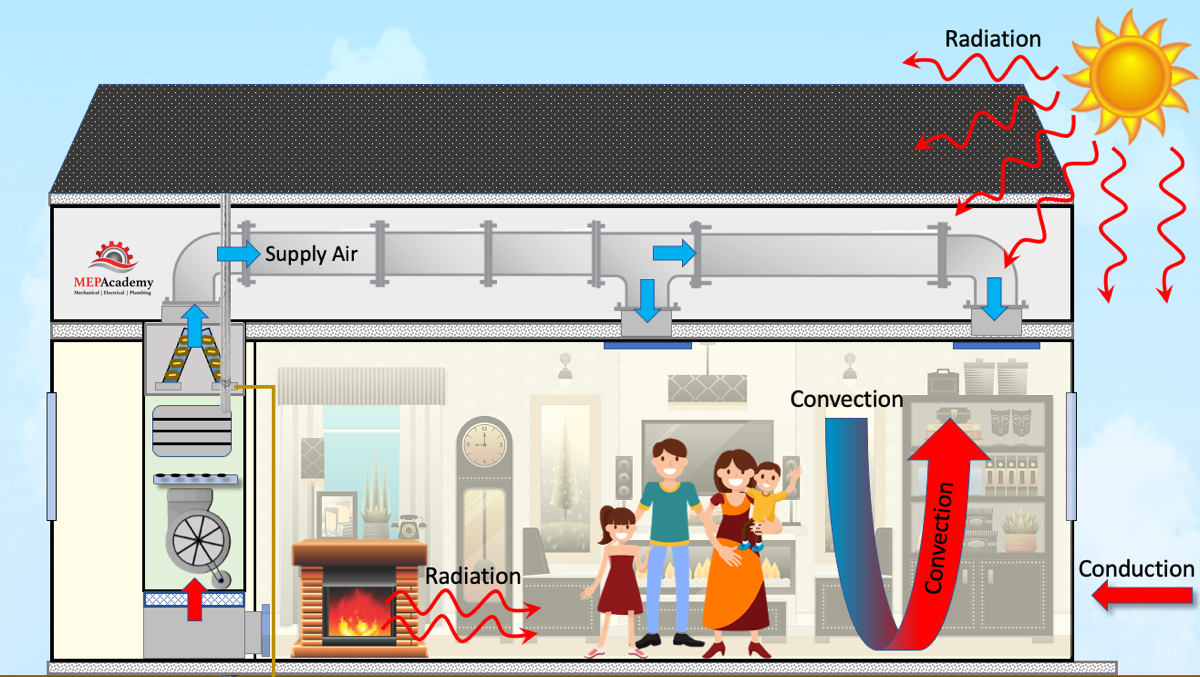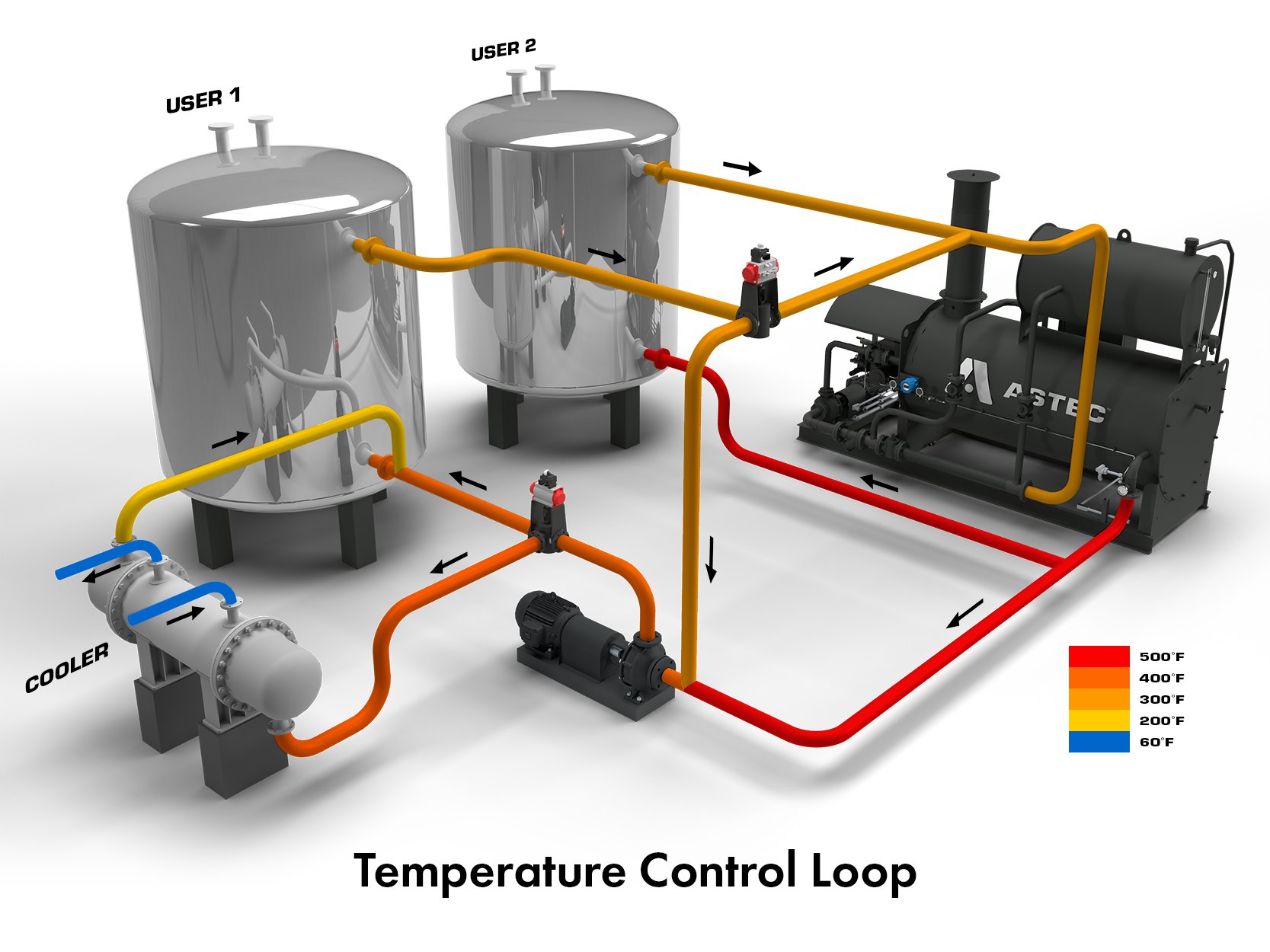A Comprehensive Guide to Choosing the Right Heat Transfer Solutions for Your Requirements
Selecting the ideal Heat transfer system is necessary for operational effectiveness. Different systems accommodate different requirements, affected by aspects such as temperature range and fluid kind. Comprehending the concepts behind Heat transfer, such as radiation, transmission, and convection, is critical. Additionally, reviewing power sources and upkeep techniques can impact long-lasting efficiency. A closer assessment of these factors to consider exposes how to customize a system to specific demands. What should one prioritize in this facility decision-making procedure?
Comprehending Heat Transfer: Trick Concepts and Concepts
Although Heat transfer might feel like a straightforward principle, it includes a variety of principles that are essential for reliable system style. Understanding these concepts is essential for engineers and developers who aim to optimize thermal performance in numerous applications. Conduction, for circumstances, entails the transfer of Heat through strong products, while convection describes the activity of Heat within liquids. Radiation, one more key concept, defines exactly how Heat can be moved with electro-magnetic waves. Each of these devices plays an essential duty in determining just how energy moves within a system. By extensively comprehending these ideas, experts can make informed decisions, making certain that Heat transfer systems run effectively and meet the certain needs of their applications
Types of Heat Transfer Solutions: A Summary
Understanding the principles of Heat transfer lays the foundation for checking out the various kinds of Heat transfer systems offered. Heat transfer systems can be classified largely into 3 kinds: convection, radiation, and conduction. Transmission includes Heat transfer with strong products, relying on straight call between bits. Convection, on the other hand, happens in liquids (liquids and gases) where the movement of the fluid itself facilitates Heat transfer. Radiation involves the transfer of Heat through electromagnetic waves and does not call for a medium, permitting it to occur in a vacuum cleaner. Each sort of system has unique qualities and applications, making it important for people and companies to meticulously examine their particular demands when selecting the most appropriate Heat transfer option.
Applications of Heat Transfer Systems in Different Industries
Heat transfer systems play a necessary duty throughout different industries, influencing effectiveness and item top quality. In industrial manufacturing processes, they assist in accurate temperature level control, while in food and drink processing, they guarantee safety and security and preservation. Furthermore, cooling and heating and climate control systems depend greatly on reliable Heat transfer to keep comfortable atmospheres.
Industrial Production Processes

Many industrial production procedures count greatly on reliable Heat transfer systems to make the most of efficiency and enhance product high quality. In fields such as metalworking, Heat exchangers play a vital function in preserving ideal temperature levels during welding, casting, and forging. These systems ensure consistent Heat distribution, which is vital for accomplishing desired product properties. In the chemical production sector, Heat transfer systems assist in accurate temperature control during reactions, influencing yield and safety. In fabric manufacturing, efficient Heat monitoring is essential for dyeing and completing processes, influencing shade consistency and fabric quality. By selecting ideal Heat transfer technologies, makers can improve power effectiveness and decrease operational costs, ultimately resulting in an extra sustainable and affordable manufacturing atmosphere.
Food and Drink Processing
Effective Heat transfer systems are equally essential in the food and beverage processing industry, where keeping ideal temperature levels is crucial for food safety and security and high quality. These systems play a vital function in procedures such as pasteurization, sanitation, and cooking, making sure that items are risk-free for intake and retain their dietary value. Heat exchangers, for instance, effectively move Heat in between fluids, enhancing energy use while lessening temperature changes. Furthermore, refrigeration systems are basic for protecting disposable things and expanding life span. The option of Heat transfer innovation straight affects he has a good point functional efficiency and item honesty, making it crucial for food and drink suppliers to pick the ideal systems tailored to their particular handling needs. This careful choice ultimately contributes to customer try here fulfillment and food security.

Cooling And Heating and Environment Control
While many markets count on Heat transfer systems for effectiveness, COOLING AND HEATING (Home Heating, Ventilation, and Cooling) plays a crucial duty in keeping indoor climate control throughout different setups. These systems make use of Heat transfer principles to control air, humidity, and temperature level high quality, making sure comfort and security in household, commercial, and commercial atmospheres. Correctly made heating and cooling systems enhance power performance, minimize operational expenses, and minimize environmental influence. In commercial buildings, for example, efficient climate control contributes to employee productivity and customer satisfaction. In commercial applications, heating and cooling systems assist preserve ideal conditions for devices procedure and product conservation. Selecting the right Heat transfer system is essential for meeting specific environment control needs and attaining overall system performance.
Assessing Energy Sources for Heat Transfer Systems
In examining energy sources for Heat transfer systems, a contrast of renewable resource alternatives and nonrenewable fuel source factors to consider is crucial. Renewable resources, such as solar and wind, deal lasting options that can decrease environmental impact. Conversely, nonrenewable fuel sources continue to be widespread due to their established infrastructure and power thickness, triggering a cautious evaluation of both choices.
Renewable Power Options

Nonrenewable Fuel Source Factors To Consider
Reviewing nonrenewable fuel source factors to consider is necessary for the efficiency and sustainability of Heat transfer systems. Nonrenewable fuel sources, such as all-natural gas, oil, and coal, are typical energy sources that supply significant Heat output, making them prominent choices for industrial and domestic applications. Their environmental effect, consisting of greenhouse gas discharges and source exhaustion, elevates issues. When selecting a warm transfer system, it is essential to evaluate the schedule, cost, and governing factors related to these gas. Additionally, the efficiency of fossil fuel systems have to be thought about, as greater efficiency can reduce some ecological drawbacks. Eventually, a balanced technique considering performance and sustainability can lead decision-makers towards the most ideal Heat transfer option for their specific requirements.
Elements to Take Into Consideration When Picking a Heat Transfer System
Choosing a proper Heat transfer system calls for mindful factor to consider of numerous variables that can significantly affect effectiveness and performance. One crucial variable is the operating temperature level array, which determines the materials and style ideal for the application. In addition, the kind of fluid used in the system-- whether gas or liquid-- affects Heat transfer effectiveness and compatibility. The system's dimension and ability have to line up with the particular needs of the operation to stay clear of inefficiencies. Power resource accessibility is additionally vital, influencing operating costs and sustainability. The installment setting, including space restraints and access for upkeep, plays a considerable role in system selection. Regulative conformity and security requirements must be taken into consideration to guarantee the system fulfills all lawful demands.
Maintenance and Performance Optimization for Heat Transfer Systems
Keeping Heat transfer systems is important for ensuring maximum performance and long life. Routine upkeep tasks, such as cleaning Heat exchangers and checking insulation, help prevent effectiveness losses as a result of fouling and thermal connecting. Furthermore, checking system parameters, consisting of pressure and see here temperature level, permits early detection of anomalies, decreasing downtime and costly repairs. Applying a preventive upkeep routine can maximize performance and expand the lifespan of elements. Moreover, updating to sophisticated control systems can improve operational effectiveness by readjusting to differing problems and tons. By prioritizing maintenance and effectiveness optimization, drivers can accomplish lowered energy intake, lower functional costs, and enhanced total system reliability, inevitably resulting in much better resource usage and a much more lasting operation.
Future Fads in Heat Transfer Technologies
As industries significantly focus on sustainability and power effectiveness, future patterns in Heat transfer innovations are set to undertake significant improvements. Technologies such as innovative products, including carbon nanotubes and nanofluids, assure improved thermal conductivity and effectiveness. Furthermore, the integration of renewable resource resources right into Heat transfer systems is acquiring momentum, advertising environmentally friendly services. Smart innovations, including IoT sensing units, are expected to transform tracking and control, enabling real-time information evaluation for optimized performance. In addition, the development of small and modular systems will certainly assist in simpler setup and maintenance, satisfying varied applications. These advancements indicate a change in the direction of more lasting, efficient, and adaptable Heat transfer solutions, straightening with international energy objectives and environmental criteria.
Often Asked Inquiries
What Are the Environmental Impacts of Heat Transfer Systems?
The ecological impacts of Heat transfer systems can include greenhouse gas exhausts, energy intake, and potential thermal pollution. In addition, incorrect disposal of inefficiencies and products can contribute to source deficiency and community disturbance.
Exactly how Do I Calculate the Cost-Effectiveness of a Warm Transfer System?
To determine the cost-effectiveness of a heat transfer system, one need to evaluate first costs, operational costs, upkeep demands, and power efficiency, contrasting these factors against the expected life expectancy and performance of the system.
Can Heat Transfer Equipment Be Used in Residential Settings?
Heat transfer systems can without a doubt be made use of in property setups. They supply efficient home heating and cooling options, making homes much more comfy while possibly decreasing power costs. Their versatility enables numerous applications in property settings.
What Security Laws Relate To Heat Transfer Equipments?
Safety and security regulations for Heat transfer systems usually include guidelines on procedure, installation, and maintenance. Conformity with regional building ordinance, manufacturer specs, and market criteria is important to ensure safe and efficient system performance in various applications.
Exactly How Do Various Products Affect Heat Transfer Effectiveness?

Transmission, for circumstances, includes the transfer of Heat with solid materials, while convection refers to the motion of Heat within liquids. Understanding the concepts of Heat transfer lays the groundwork for exploring the various types of Heat transfer systems available. Heat exchangers, for instance, efficiently transfer Heat in between liquids, optimizing power usage while decreasing temperature level fluctuations. In assessing energy sources for Heat transfer systems, a comparison of eco-friendly power choices and fossil gas considerations is vital. Metals, such as copper and light weight aluminum, conduct Heat properly, whereas insulators like rubber and glass reduce down Heat circulation.